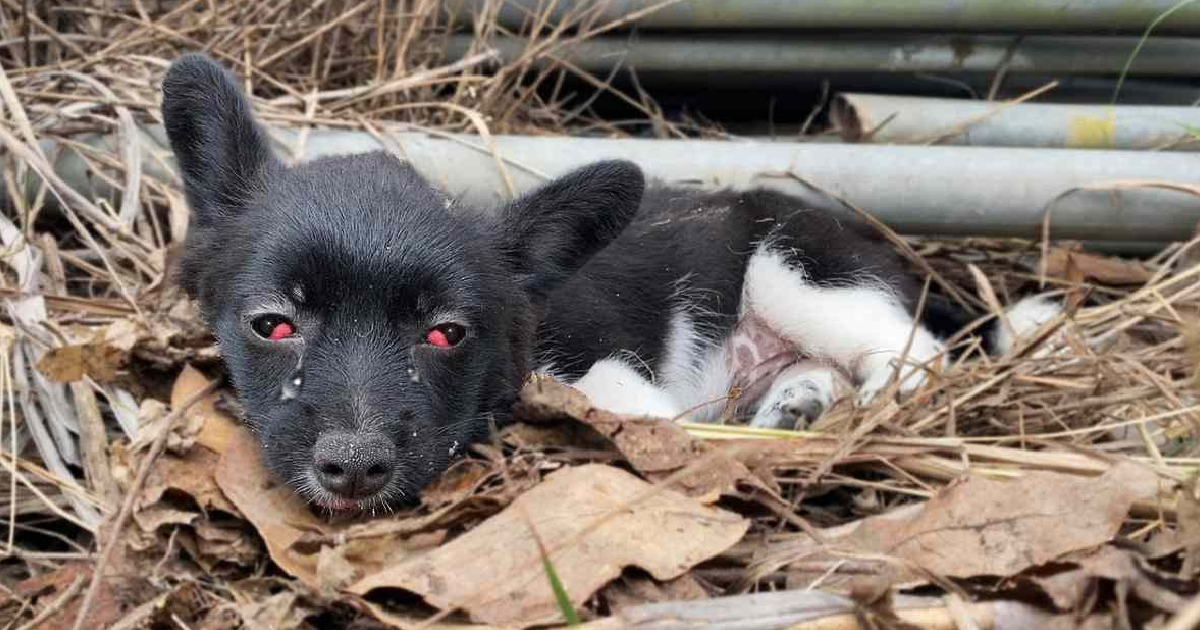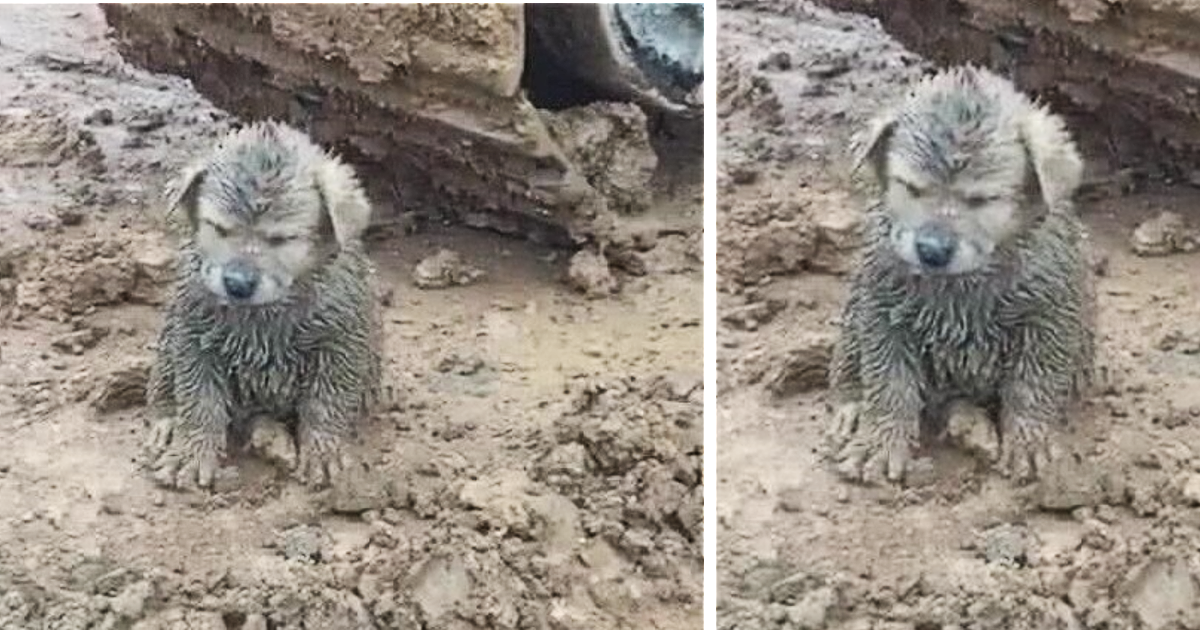The moose, known for its imposing size and impressive antlers, is one of the most iconic animals of the northern forests. As the largest member of the deer family, this magnificent creature captivates wildlife enthusiasts and photographers alike with its unique appearance and fascinating behaviors.
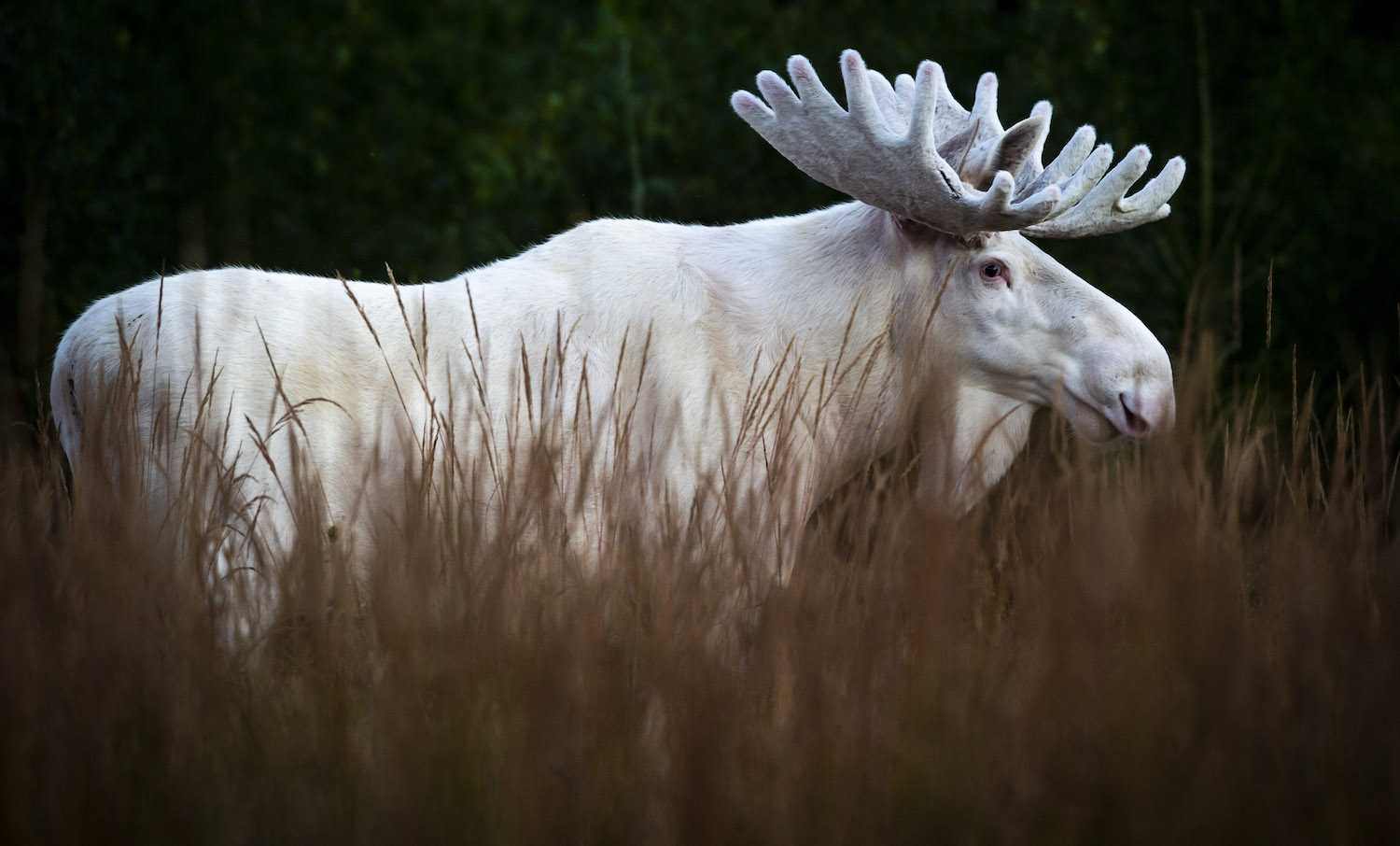
Physical Characteristics
Moose (Alces alces) are easily recognizable by their large, overhanging noses and broad, palmate (open-hand shaped) antlers that can span up to 6 feet across in mature males. Standing between 5 to 7 feet tall at the shoulder and weighing between 800 to 1,600 pounds, moose are formidable in both stature and presence. Their long legs are adapted for traversing deep snow and dense underbrush, and their dark brown to black fur provides insulation against harsh winter climates.
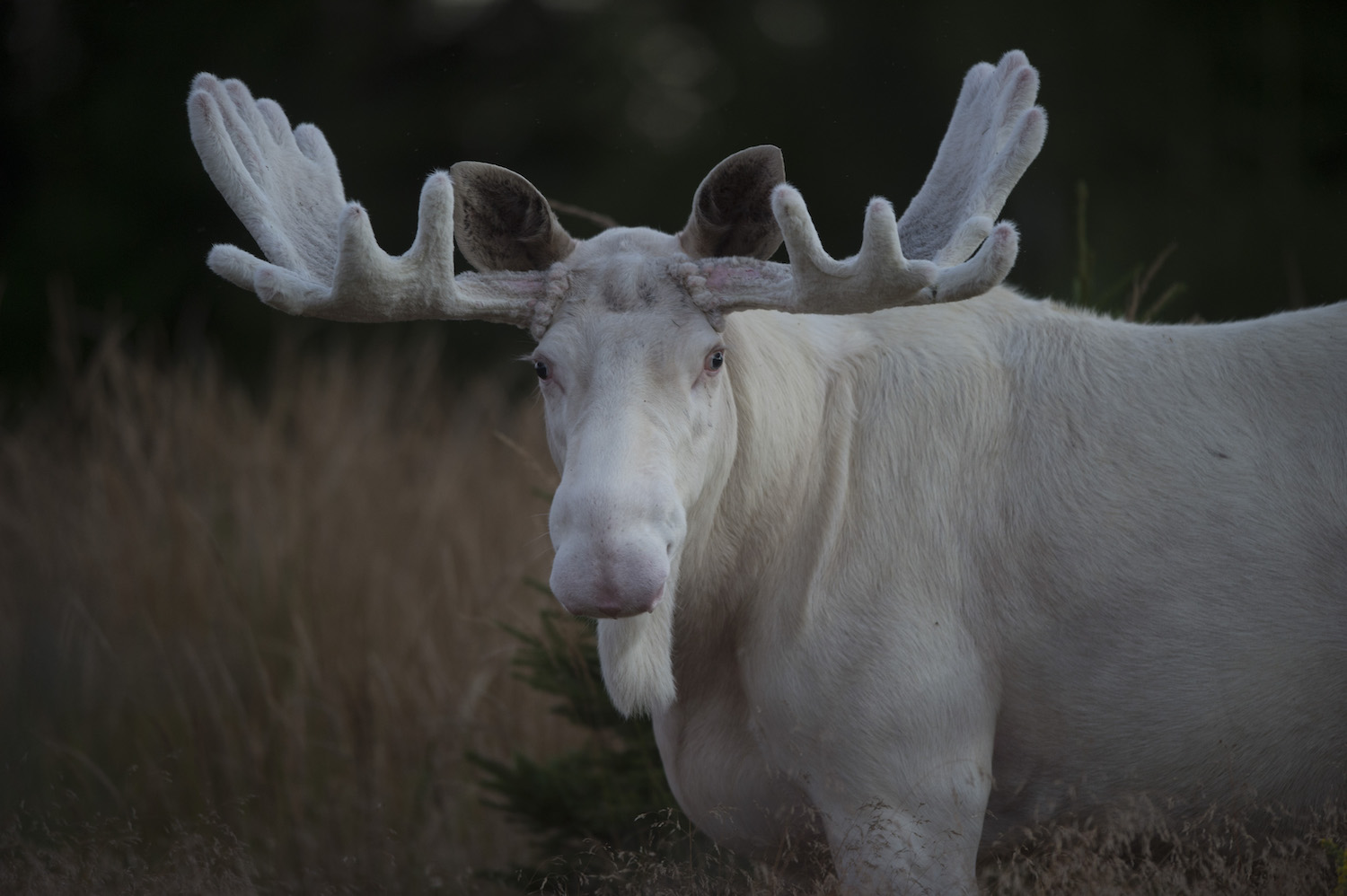
Habitat and Range
Moose are primarily found in the boreal and mixed deciduous forests of the Northern Hemisphere. Their range extends across North America—from Alaska and Canada down to the northern United States—and parts of Europe and Asia. Moose prefer habitats with a combination of forest cover for shelter and open areas like meadows, lakeshores, and wetlands where they can forage.
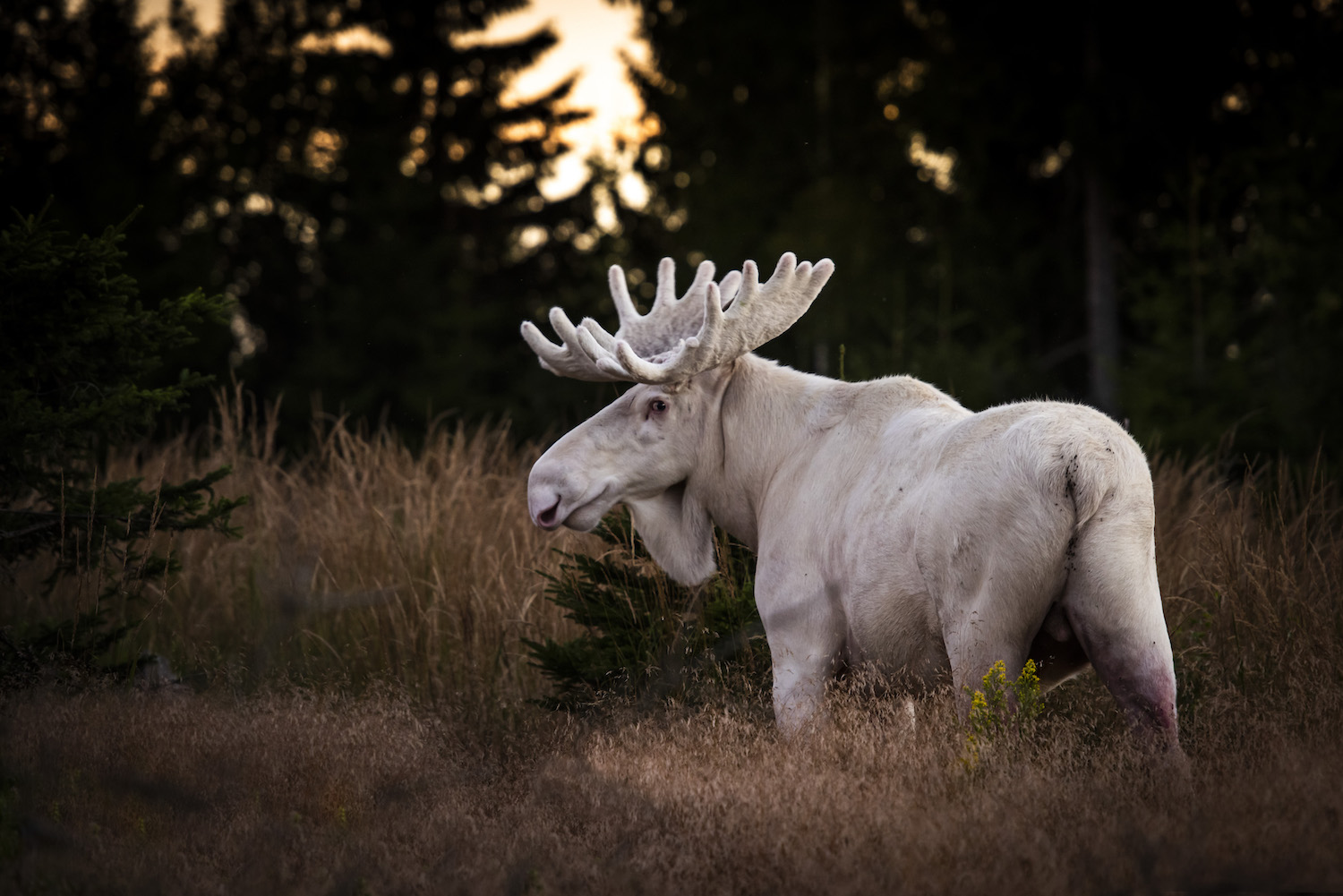
Diet and Foraging Behavior
Moose are herbivores with a diet that changes seasonally. In the spring and summer, they feed on a variety of vegetation including leaves, twigs, and aquatic plants. They are known to wade into water bodies to feed on underwater plants like water lilies. In the winter, when food is scarce, moose survive on a diet of woody vegetation, including the bark of trees and shrubs.
Their ability to consume and digest tough plant material is facilitated by their complex, four-chambered stomachs, which allow them to break down cellulose and extract nutrients from fibrous plant matter.
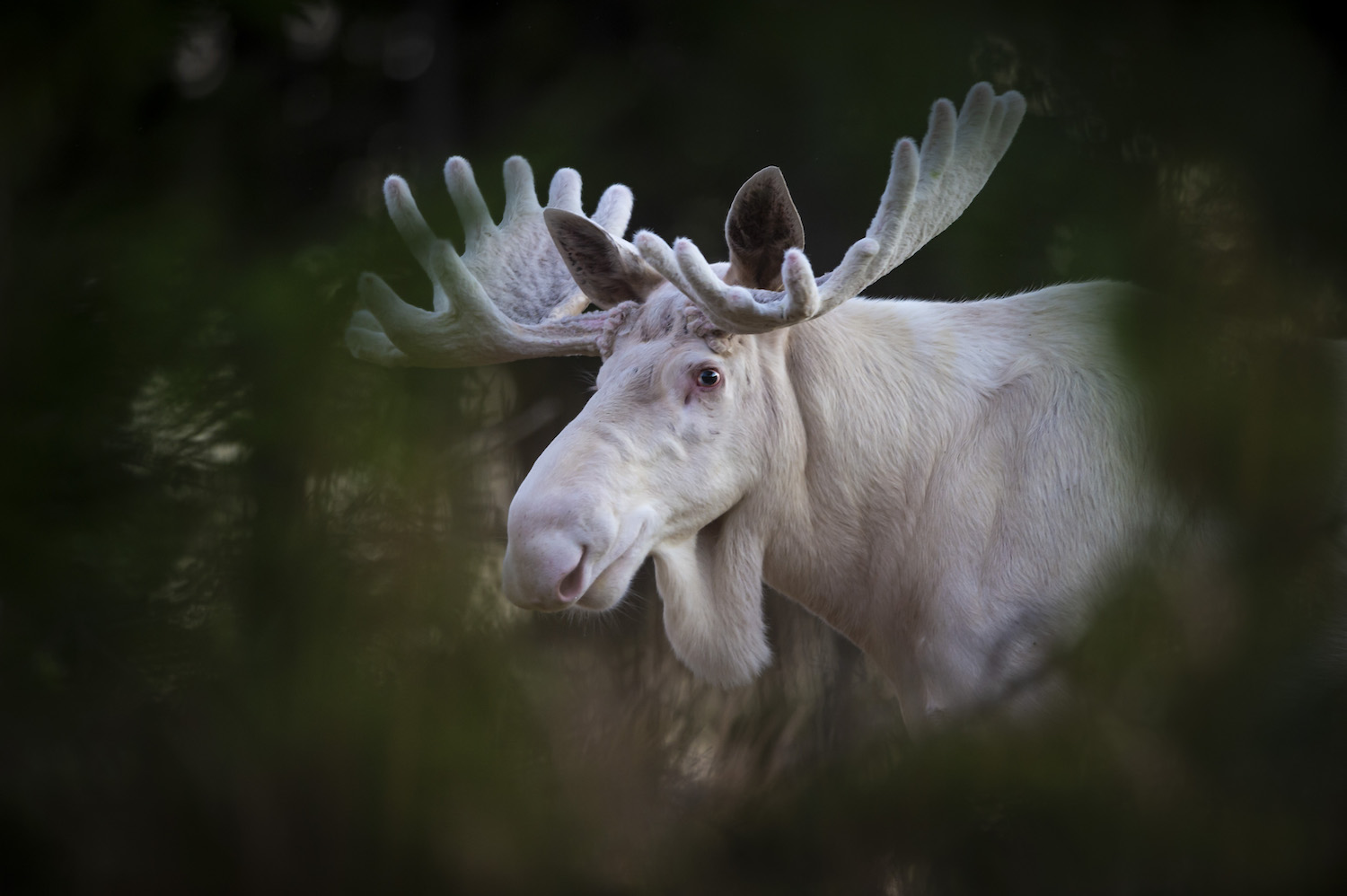
Behavior and Social Structure
Moose are generally solitary animals, coming together only during the breeding season in the fall. During this time, males (bulls) compete for females (cows) through displays of dominance, including antler clashes and vocalizations known as rutting calls. After mating, females give birth to one or two calves in the spring. Calves are weaned by fall but stay with their mothers until the following spring.
Despite their size, moose are surprisingly agile and can run up to 35 miles per hour. They are also strong swimmers, capable of crossing large bodies of water in search of food or new habitat.

Conservation and Challenges
Moose populations are generally stable, but they face several challenges, including habitat loss, climate change, and predation. In some areas, increasing temperatures and changing precipitation patterns affect the availability of their preferred forage, while habitat fragmentation can limit their movement and access to resources.
Predation by wolves and bears, particularly on young calves, is a natural part of the ecosystem but can impact local moose populations. Additionally, diseases such as brainworm and winter tick infestations pose significant threats to their health and survival.

Conclusion
The moose is a remarkable and resilient animal, perfectly adapted to the challenges of its environment. Its presence in the northern forests is a testament to the rich biodiversity and complex ecosystems of these regions. As both a symbol of wilderness and an important species within its habitat, the moose continues to inspire awe and respect among those fortunate enough to encounter it in the wild.

